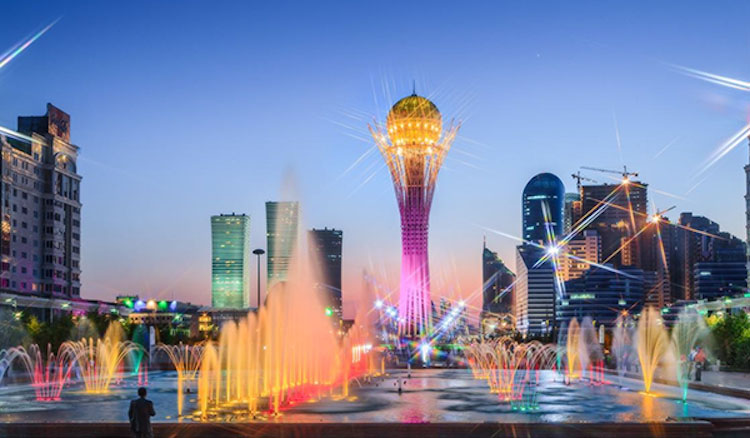By Katsuhiro Asagiri

ASTANA/Tokyo INPS Japan – The capital of Kazakhstan, Astana, is fast becoming a premier tourist destination, celebrated for its avant-garde architecture, cultural diversity, and rich history. The city’s appeal is set to grow even further with the launch of direct flights between Japan and Kazakhstan in spring 2026. Known as the “Dubai of Central Asia,” Astana offers a unique fusion of modern urban planning and deep-rooted traditions. In September, I had the opportunity to explore some of Astana’s most iconic attractions as part of a press tour with seven international journalists, all winners of the ninth annual contest “Kazakhstan through the Eyes of Foreign Media.”
A Vision of the Future by a Japanese Architect
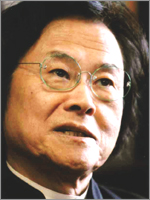
Astana’s rapid transformation into a modern capital owes much to the visionary design of Japanese architect Kisho Kurokawa, who created the city’s master plan in the late 1990s. Kurokawa’s futuristic vision, combining sleek, contemporary structures with elements reflecting Kazakhstan’s nomadic past, has shaped the city’s skyline and overall urban layout. His work highlights the interplay between tradition and modernity, making Astana a standout among global capitals.
For Japanese travelers, this connection to one of their most renowned architects offers an additional point of interest. Walking through the streets of Astana, visitors can witness firsthand how Kurokawa’s modernist approach has been realized in a city that represents Kazakhstan’s aspirations for the future.
A Mosaic of Cultures
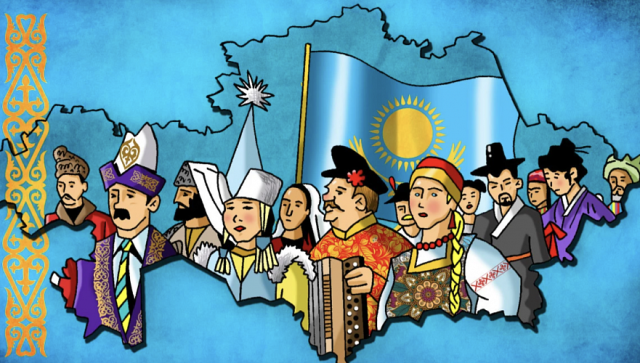
One of the most remarkable aspects of Astana is its cultural diversity. Home to more than 130 ethnic groups, the city is a living example of Kazakhstan’s tradition of ethnic harmony. This diversity is also evident in the local culinary scene. During the press tour, we experienced a variety of cuisines at restaurants throughout the city, where the influence of Kazakh, Russian, Caucasian, Korean, Uzbek, and other Central Asian cultures is evident.
Whether sampling the traditional Kazakh dish beshbarmak, made of boiled meat and noodles, or enjoying a range of Eurasian flavors, the food experience in Astana is as diverse as its people. Japanese tourists, in particular, will find the city’s culinary offerings to be a rich reflection of its multicultural identity.
A Futuristic Skyline

Astana’s skyline is defined by bold and futuristic architecture that has earned the city its nickname, the “Dubai of Central Asia.” Among the most iconic structures is the Baiterek Tower, a symbol of Kazakhstan’s independence and future aspirations. I had the opportunity to visit Baiterek with the other journalists on the tour, and the view from the observation deck, 97 meters above ground, was breathtaking. The panoramic vistas of Astana’s skyline showcase the blend of glass skyscrapers and wide, open spaces that define the city.
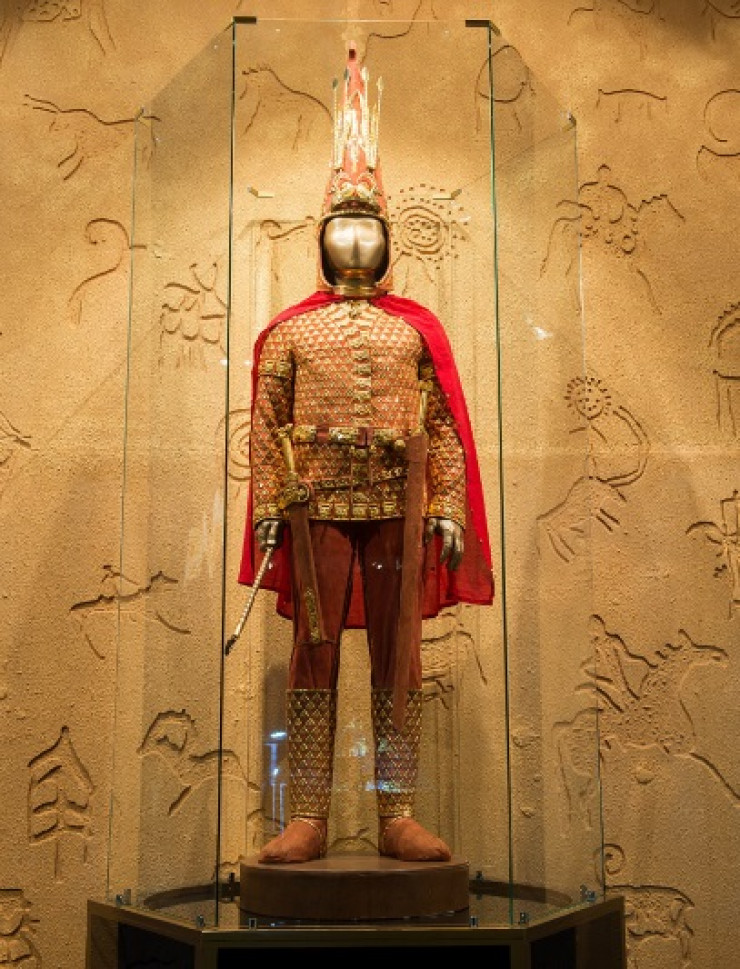
Another highlight of our visit was Nur Alem, the world’s largest spherical building and a legacy of Expo 2017. This futuristic structure now houses exhibits on renewable energy and sustainable technology, offering an interactive look at the future of energy production. Exploring Nur Alem with my fellow journalists, we were able to engage with exhibits that not only highlighted Kazakhstan’s commitment to sustainability but also showcased its role in global energy innovation.
A Journey Through History
For those interested in Kazakhstan’s history, the National Museum of Kazakhstan provides an in-depth look at the country’s rich cultural and historical evolution. During our press tour, we had the chance to explore the museum’s vast collection, which spans from ancient nomadic artifacts to modern artworks. This visit provided valuable insights into how Kazakhstan’s history informs its current identity as a modern, independent nation.
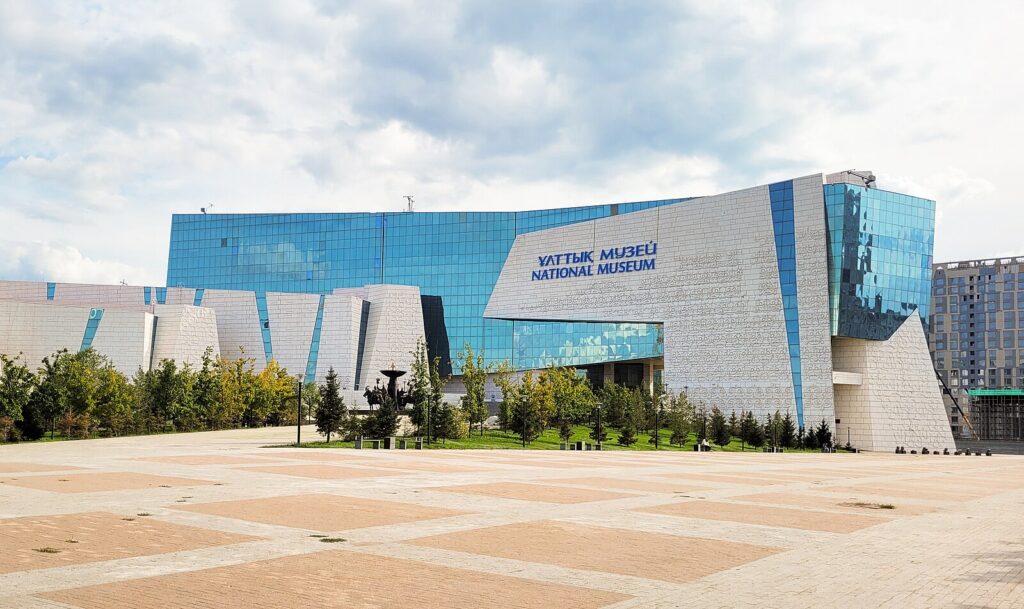
Direct Flights to Boost Tourism
The upcoming launch of direct flights between Japan and Kazakhstan in 2026 marks a significant development in the relationship between the two nations. This new route will make it easier than ever for Japanese tourists to explore Kazakhstan’s vibrant capital, opening up opportunities for increased cultural exchange and tourism.
Astana’s blend of cutting-edge architecture, cultural diversity, and historical depth makes it an attractive destination for international visitors. For Japanese tourists, the city offers the added draw of being shaped by one of Japan’s most iconic architects, Kisho Kiurokawa. My experience exploring the city alongside seven international journalists as part of the press tour highlighted the many ways in which Astana’s unique fusion of tradition and innovation sets it apart.
With the promise of direct flights on the horizon, Astana is ready to welcome a new wave of visitors eager to experience its dynamic and evolving landscape. Yokoso Kazakhstan-he.
The tourist attractions in Astana introduced in this article can be seen in the first half of the video covering this press tour.
INPS Japan


